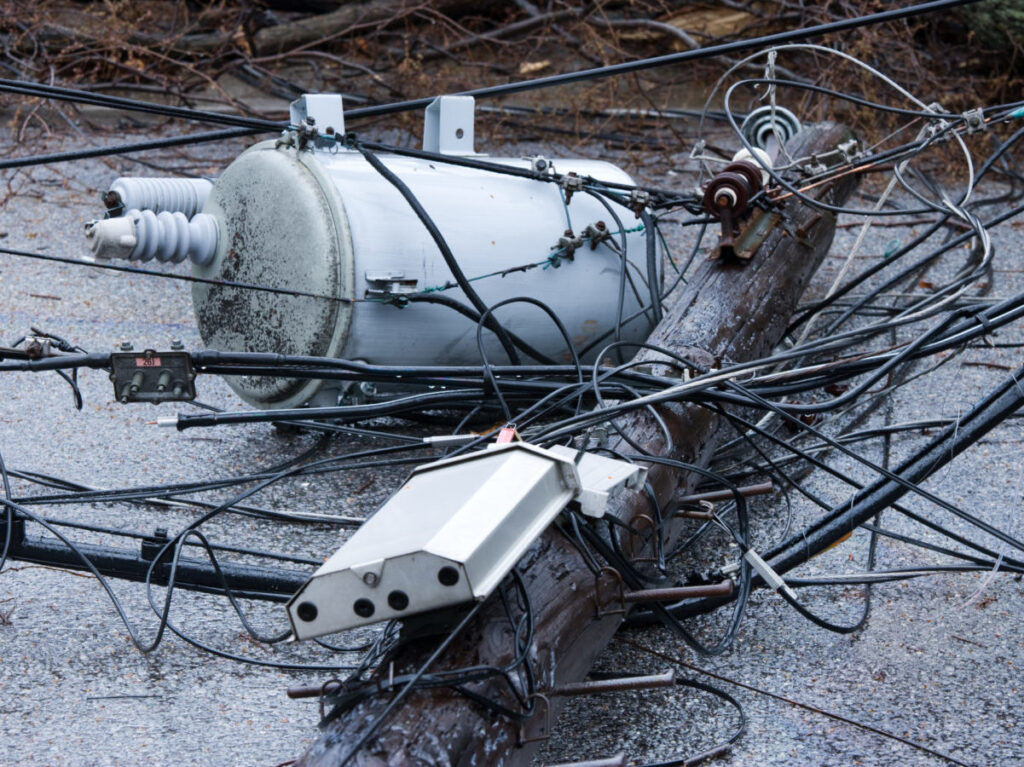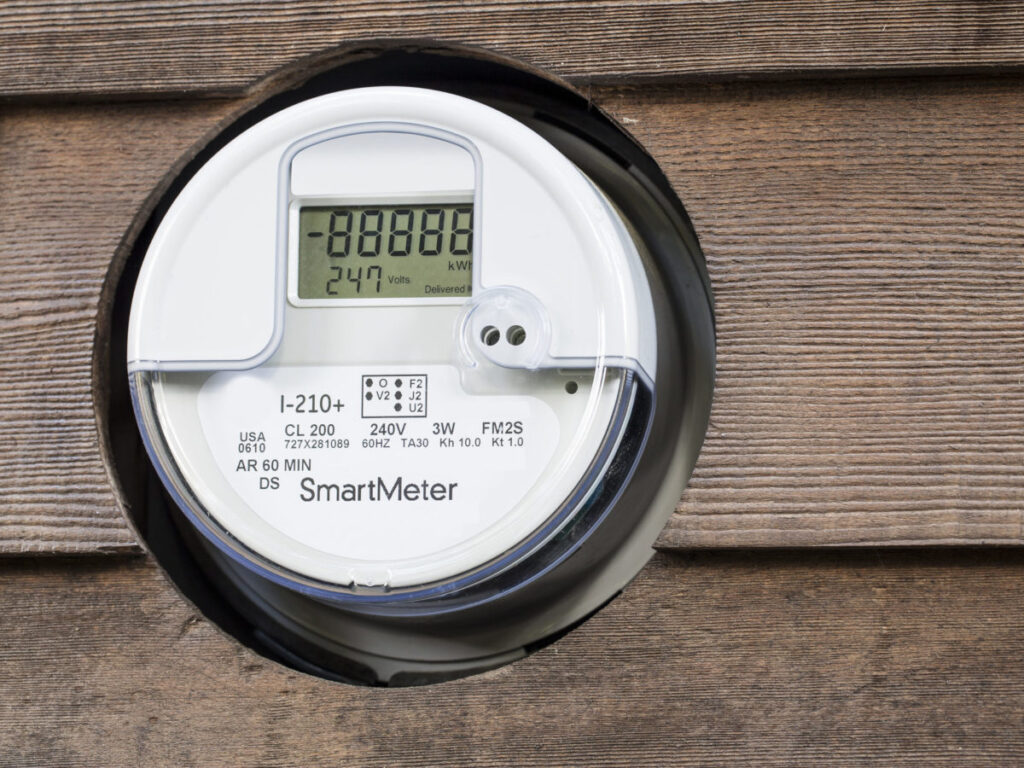Oncor’s Journey to An Advanced Distribution Grid

Hagen Haentsch serves as Director of Oncor’s Distribution Operations Center – West (West DOC). His organization is responsible for monitoring and operating the Western half of Oncor’s distribution system, which serves approximately 3.5 million customers. In this capacity he provides oversight over day-to-day system operations and service restoration efforts as well as change leadership and process engineering for technology implementations in the context of Oncor’s SmartGrid evolution and distribution automation strategy.
For the past 3 years Oncor has been invested in building an enterprise-wide analytics practice that can extract value from the data that is being collected from smart meters and across their transmission and distribution grid. This month UAI sat down with Hagen to learn more about the project.
UAI: What were the initial drivers for this effort, and what does it consist of in terms of real-life use cases?
HH: The two key drivers for Oncor’s investment in advanced analytical capabilities are the changing expectations of our customers and the dramatic data supply that came with advanced operational technology such as Advanced Metering Infrastructure (AMI), distribution automation (DA) and Advanced Distribution Management(ADMS) systems. This increased data availability within the utility coincided with significant advancements in the area of artificial intelligence and the development of affordable advanced statistical and computational toolsets. Oncor recognized the possibilities represented with these two developments and is now committed to harnessing the value from opportunities that make use of both.
Because Oncor is a T&D-only company (meaning we do not sell or generate electricity), our use cases are predominantly focused on customer service interactions, how to operate the grid more efficiently, and how to optimize our assets. In terms of use cases, we have developed a pipeline based on internal hypotheses of business value, but there are a handful that have risen to the top in terms of the benefits we know we can extract. Our top three are Estimated Time of Restoration (ETR) for outages based on real-time operational data, developing a meter-based connectivity model, and a forward-looking data model that can provide power flow estimates for any point on the distribution grid.
So, does that mean that you can estimate power flow beyond the individual feeder level?
Yes, it does. Traditionally our long-term load forecasts were developed system-wide, and in some cases down to the substation and feeder level (and not with as high a level of accuracy). With this new model, we are now forecasting load in real time to the individual transformer. So, as you can imagine we have a much more detailed short-term forecast of each component of the system. What is great about that is that we can now stack individual transformer forecasts up to the next upstream device to extract a better understanding of the power flow as it pertains to that specific point—and all in real time.
UAI: What types of data does Oncor rely on for its advanced analytics?
HH: In terms of our core data sets, so far we rely heavily on data from our AMI, which is by far our largest and most robust set of data, our Outage Management System (OMS), SCADA system, and weather data. Recently we have also started to expand our analytics into asset performance, so we are looking closely at historical data sets from different assets such as underground cables. Lastly, because we want to provide better and more meaningful information to our customers, we are looking at data from our various customer transactions as well.
UAI: How has this effort pushed advanced analytics out into the business?
HH: Analytics have been embedded in the company for years, but only involving more basic types of analytics, like Business Intelligence (BI) reporting, Excel spreadsheets and more basic statistical analysis and load forecasting. This recent effort has been focused on enabling our businesses to adopt advanced analytics, which to us really means two things: that we are working with a set of data that is too large for traditional tools (like Excel or Access), or that we are taking an advanced modeling approach, meaning are truly predictive or prescriptive and involve advanced machine learning-type algorithms. Currently, we have about 25-30 people that are working with advanced analytics across our different business units.
The business is evolving quickly as a result of implementing advanced analytics, and we put a lot of care into making sure that our analytics investments are effective in terms of creating ongoing value to the affected business function. The effort consists of three parts. The first is the people, and the skillsets around analytics and understanding business needs. The second are our technology investments in operational systems, data management, and analytical tools that are required to perform advanced analytics. The third part revolves around process and change management: data governance, model lifecycle management, and implementing new operational processes based upon new insights.
UAI: In looking at these three areas, what would you say have been the most value-added activities?
HH: At this point there were two investments that turned out to be the most important enablers for our initiative. The first was our initial investment in a central data repository for all transactional data from operational systems (OMS, SCADA, Meter Data Management, etc.). With this investment, we can replicate operational data on a mass scale, making it accessible to analytics experts without impacting or inhibiting our mission-critical operational transactions.
The second large investment that has paid off was in the analyst community that already existed at Oncor. Rather than bringing in a highly-paid “SWAT” team from an outside vendor to solve specific use cases, we allowed our motivated employees to get their hands dirty, becoming more data and analytics savvy in the process.
Oncor invests in some off-site training in advanced analytics, but the most long-term value comes by reinforcing that learning in the “field”—literally throwing people into the fire. In these scenarios we also bring in vendors and/or consultants to coach these people through the process. What happens is that our people make mistakes, identify them, and figure out how to correct them. You learn more by doing, trying, and struggling your way through a problem rather than spending a whole lot of time in the classroom.
UAI: What is the biggest challenge you’ve experienced—in either technology or people.
HH: If I had to identify one thing, it would be the development of skillsets and culture change. At Oncor we have accepted that this will be difficult because, as I mentioned earlier, we want to cultivate analytics talent and expertise within our existing employee community as much as possible, and that does not happen overnight. As well, we are continuing to strive towards a culture of continuous improvement through the adoption of advanced analytics and technologies. In the past, “staying out of trouble” worked, but that’s no longer the case. It is difficult to push an understanding and acceptance of data-based decision making out to an entire organization, especially people that have down their job based on instincts for years and years.
UAI: How does being in Texas trigger a unique set of operating challenges and goals?
HH: That is an interesting question, and it comes down to the fact that we operate in a deregulated market environment. Oncor is the transmission and distribution grid that supports an open-market exchange for competitors on the generation and retail sides of the fence. A lot of what we do is driven what these “market stakeholders” need to innovate with their services, as well as what the downstream end customers need. We think of ourselves as an open delivery platform, and we need to support the evolving needs of an advanced energy economy.
UAI: Do you often collaborate with other utilities?
HH: We collaborate with other North American utilities through several industry and membership-based organizations, as well as through vendor-sponsored user groups and conferences. There is a lot of overlap in terms of high-value use cases, so it makes sense to collaborate and share knowledge.
And then there are international utilities. We want to harness the creative thinking that takes place in other marketplaces in places like Germany, where there is a high penetration of renewables, or in India, where there is a unique set of social and geographical challenges. We want to be able to think outside of the box when it comes to solving our own business challenges, and these collaborations are invaluable for that purpose.
Hagen will be presenting Oncor’s story and more at the Global Smart Energy Summit on March 6, 2018, in Dubai, United Arab Emirates.
A truly global event, the Global Smart Energy Summit will unite the region’s government energy leaders, regulators, utility companies, contractors, consultants and energy end-users for three days of dialogue, thought leadership and networking with Smart energy pioneers from around the world.
This year’s Global Smart Energy Summit will welcome over 700 Summit attendees interested in hearing the latest regional and international trends with case studies covering:
- Reforms, Policy & Incentives
- Energy Technologies Driving Innovation
- Demand Response Advances
- Smart Cities & Urban Infrastructure
- Data & Digital Transformation
- Developments In Smart Grids
- Utility Scale Solar & Other Renewable Energies
- MENA Power Project Opportunities
- The Future Of Energy Storage





